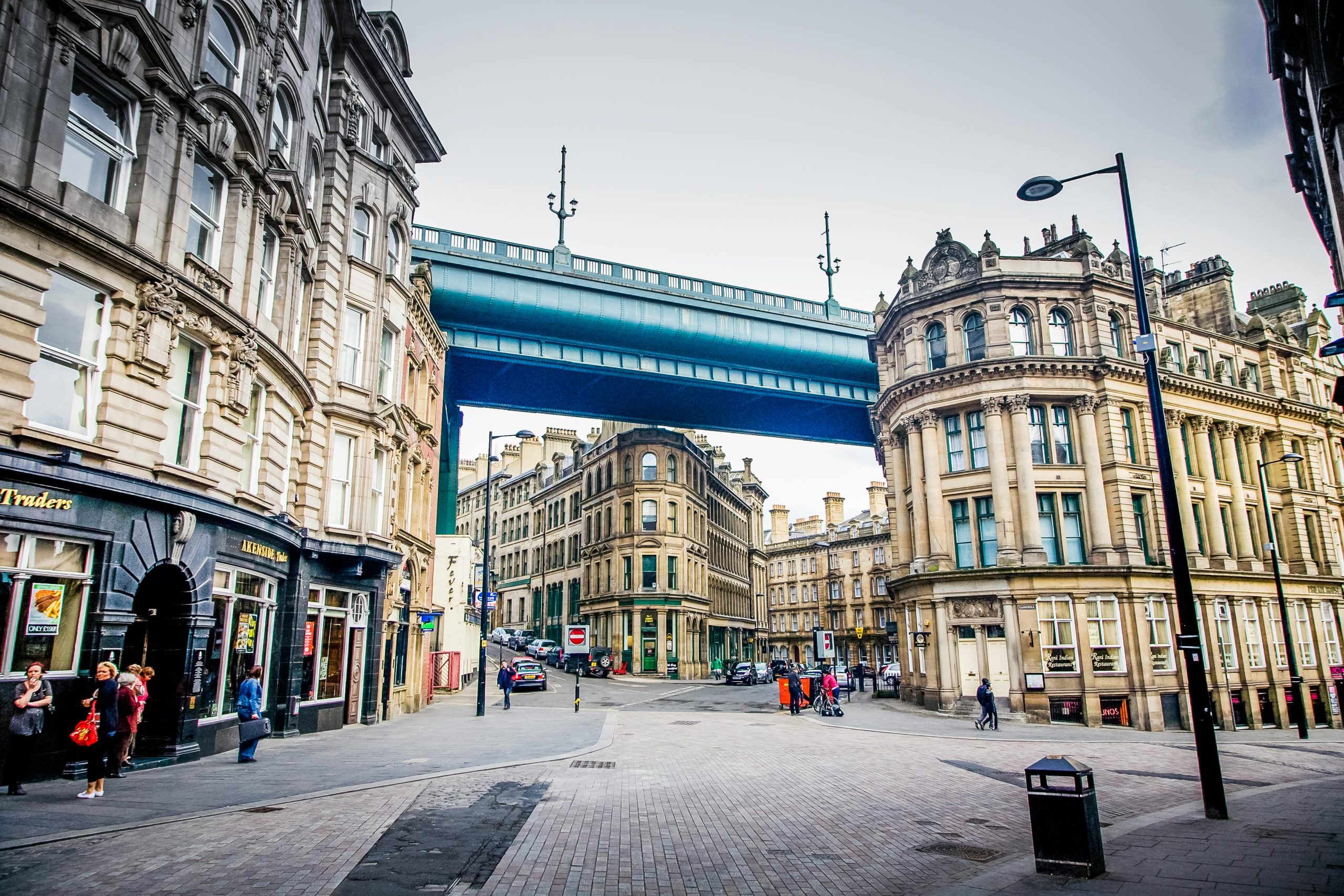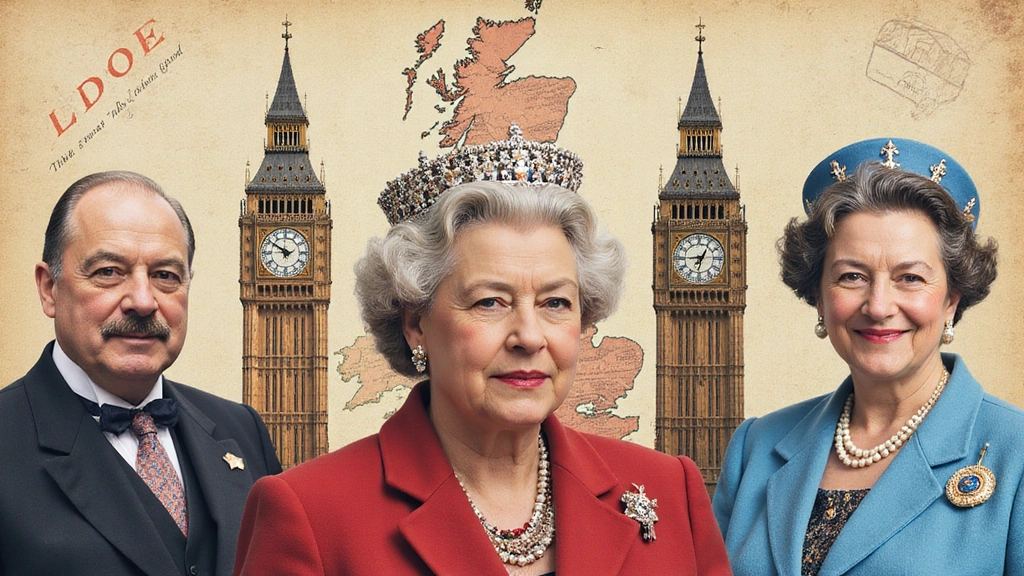Table of Contents
Introduction
Barnet, a vibrant borough in North London, boasts a history that stretches back over a millennium. From its early days as a rural settlement to its current status as a bustling suburban area, Barnet has played a significant role in the cultural, political, and economic life of England. This article delves into the fascinating history of Barnet, exploring its origins, key historical events, and its transformation into the modern borough we know today.
Ancient Beginnings and Early Settlements
The name “Barnet” derives from the Old English word bærnet, meaning “land cleared by burning,” a testament to its agricultural roots. Evidence of Roman activity, including pottery manufacturing and coin discoveries, suggests that the area was inhabited as early as the first century AD. The Roman road Watling Street, which connected London to St. Albans, passed through Barnet, making it a strategic location for trade and travel.
By the 12th century, Barnet had become a significant settlement, with High Barnet (also known as Chipping Barnet) emerging as a focal point. The town’s growth was spurred by its location on the main route north from London, attracting traders, travelers, and settlers.
Medieval Barnet: Markets, Fairs, and the Battle of Barnet
In 1199, King John granted Barnet a market charter, establishing it as a hub for commerce. The market, held weekly, became a vital source of food and goods for the surrounding area. By the 16th century, Barnet had become London’s primary meat market, a status reinforced by Queen Elizabeth I’s charter for a twice-yearly fair in 1588.
One of the most pivotal events in Barnet’s history occurred in 1471 during the Wars of the Roses. The Battle of Barnet, fought at Hadley Green, saw Yorkist forces led by King Edward IV defeat the Lancastrians, resulting in the death of Richard Neville, the “Kingmaker”. This battle marked a turning point in English history and cemented Barnet’s place in the national narrative.
The Rise of Coaching Inns and the Great North Road
During the 17th and 18th centuries, Barnet flourished as a coaching stop on the Great North Road, the main route from London to Scotland. The town’s high elevation made it an ideal location for changing horses, and by 1756, Barnet boasted 25 inns catering to travelers. The Mitre Inn, one of the oldest surviving examples, still stands as a reminder of this era.
The advent of the railway in the mid-19th century brought significant changes. New Barnet Station opened in 1850, followed by High Barnet Station in 1872, which later became part of the London Underground’s Northern Line in 1940. These developments spurred suburban growth, transforming Barnet from a rural town into a thriving residential area.
Modern Barnet: A Borough of Diversity and Growth
The modern London Borough of Barnet was established in 1965, merging the former boroughs of Hendon and Finchley with the urban districts of Barnet, East Barnet, and Friern Barnet. Today, Barnet is the second-largest London borough by population, with over 389,000 residents.
Barnet is known for its cultural diversity, with significant Jewish communities in Golders Green and Finchley. The borough is also home to landmarks such as the Royal Air Force Museum, which preserves the history of aviation, and Hampstead Garden Suburb, a model of early 20th-century urban planning.
Preserving Barnet’s Heritage
Efforts to preserve Barnet’s rich history are ongoing. The Barnet Museum, established in 1938, houses a collection of artifacts and documents that tell the story of the borough’s past. Local history societies and archives, such as those maintained by Barnet Council, provide valuable resources for researchers and history enthusiasts.
Conclusion
From its ancient roots as a Roman settlement to its role in medieval battles and its transformation into a modern borough, Barnet’s history is a tapestry of cultural, political, and economic milestones. As the borough continues to grow and evolve, its rich heritage remains a source of pride and inspiration for its residents. Whether exploring its historic landmarks, delving into its archives, or simply strolling through its streets, Barnet offers a unique glimpse into the past and a vibrant vision for the future.
For further reading, visit the Barnet Museum or explore the local studies archives provided by Barnet Council.
The Golden Age: Dominance in Mainframes and the System/360 Revolution (1960s–1970s)
The System/360: A Game-Changer
The 1960s were a golden age for IBM, marked by the launch of the IBM System/360 in 1964. The System/360 was a family of mainframe computers that revolutionized the industry by offering compatibility across different models. This meant that customers could upgrade their systems without having to rewrite their software, a groundbreaking concept at the time.
The System/360 was a massive success, cementing IBM’s dominance in the mainframe market. It also established IBM as a leader in enterprise computing, with its machines becoming the backbone of businesses, governments, and institutions worldwide. The System/360’s success was a testament to IBM’s ability to combine technological innovation with a deep understanding of customer needs.
Expansion and Diversification
During the 1960s and 1970s, IBM continued to expand its product portfolio and global reach. The company introduced new mainframe models, such as the IBM System/370, and ventured into new markets, including minicomputers and storage systems. IBM also became a major player in the software industry, developing operating systems, programming languages, and application software.
IBM’s success during this period was fueled by its strong corporate culture, which emphasized innovation, customer focus, and employee loyalty. The company’s iconic slogan, “Think,” became synonymous with its commitment to excellence and forward-thinking.
Challenges and Transformation: The PC Era and Beyond (1980s–1990s)
The Rise of Personal Computing
The 1980s brought both opportunities and challenges for IBM. The emergence of personal computing posed a threat to IBM’s dominance in the mainframe market, as smaller, more affordable computers began to gain traction. In response, IBM entered the personal computer market with the launch of the IBM PC in 1981.
The IBM PC was a landmark product that set the standard for the personal computer industry. It was based on an open architecture, allowing third-party manufacturers to produce compatible hardware and software. This openness led to the rapid growth of the PC ecosystem, with companies like Microsoft and Intel playing key roles.
However, IBM’s success in the PC market was short-lived. The company faced intense competition from clone manufacturers, who produced cheaper, IBM-compatible PCs. IBM’s decision to outsource key components, such as the operating system (MS-DOS) and microprocessor (Intel), also limited its ability to control the market. By the late 1980s, IBM’s share of the PC market had declined significantly.
The Crisis of the 1990s
The 1990s were a tumultuous period for IBM. The company faced declining revenues, shrinking profits, and a loss of market share in its core businesses. The rise of client-server computing and the decline of the mainframe market further exacerbated IBM’s challenges.
In 1993, IBM appointed Louis V. Gerstner Jr. as its CEO, marking a turning point in the company’s history. Gerstner, a former executive at American Express and McKinsey, was the first outsider to lead IBM. He implemented a series of bold reforms, including cost-cutting measures, a focus on services, and a shift away from hardware-centric strategies.
Gerstner’s leadership revitalized IBM, transforming it from a struggling hardware manufacturer into a leading provider of IT services and solutions. The company’s services division, IBM Global Services, became a major growth driver, helping IBM regain its position as a technology leader.
The 21st Century: Reinvention and New Frontiers (2000s–Present)
Embracing the Internet and Open Source
The early 2000s saw IBM embrace the internet and open-source software as key drivers of innovation. The company invested heavily in Linux, an open-source operating system, and became a major contributor to the Linux community. IBM also shifted its focus to middleware and software solutions, such as WebSphere and DB2, which enabled businesses to build and manage web-based applications.
In 2002, IBM acquired PwC Consulting, further strengthening its services business. The acquisition allowed IBM to offer end-to-end IT solutions, from consulting and implementation to ongoing support and maintenance.
The Rise of Cloud Computing and AI
This article delves into the history, purpose, and legacy of these secret underground bunkers, exploring their construction, key locations, and the roles they played during World War II. From the Cabinet War Rooms in London to the remote RAF bunkers in the countryside, these structures offer a fascinating glimpse into Britain’s wartime efforts.
The Need for Underground Bunkers in World War II
The outbreak of World War II in 1939 brought the threat of aerial warfare to Britain’s doorstep. The German Luftwaffe’s bombing campaigns, particularly during the Blitz (1940-1941), targeted major cities, industrial centres, and infrastructure. To safeguard critical operations and personnel, the British government recognised the need for secure, bomb-proof facilities.
Underground bunkers were seen as the ideal solution. Built deep beneath the earth, these structures offered protection from bombings, espionage, and potential invasions. They housed government offices, military command centres, communication hubs, and even factories, ensuring that essential functions could continue even under the most dire circumstances.
Key Features of World War II Underground Bunkers
The underground bunkers of World War II were engineering marvels, designed to withstand bombings and provide a safe environment for their occupants. Key features included:
- Reinforced Construction: Built with thick concrete walls and ceilings, these bunkers were designed to resist direct hits from bombs.
- Air Filtration Systems: To protect against gas attacks, many bunkers were equipped with advanced air filtration systems.
- Self-Sufficiency: Bunkers often had their own power generators, water supplies, and food storage facilities.
- Communication Hubs: Secure telephone lines and radio equipment ensured uninterrupted communication with military units and government offices.
- Camouflage: Many bunkers were hidden in plain sight, disguised as ordinary buildings or located in remote areas to avoid detection.
Notable Underground Bunkers of World War II Britain
Britain’s landscape is dotted with underground bunkers, each with its own unique history and purpose. Below are some of the most significant examples:
1. The Cabinet War Rooms (London)
Located beneath the Treasury building in Whitehall, the Cabinet War Rooms served as the nerve centre of Britain’s wartime government. This complex of underground bunkers housed the Cabinet meeting room, Prime Minister Winston Churchill’s office, and a map room where military strategies were planned.
Key Features:
- Reinforced concrete construction.
- Air filtration systems to protect against gas attacks.
- A secret telephone exchange for secure communication.
Role During the War:





One thought on “The Rich and Varied History of Barnet: From Ancient Roots to Modern Borough”
Comments are closed.